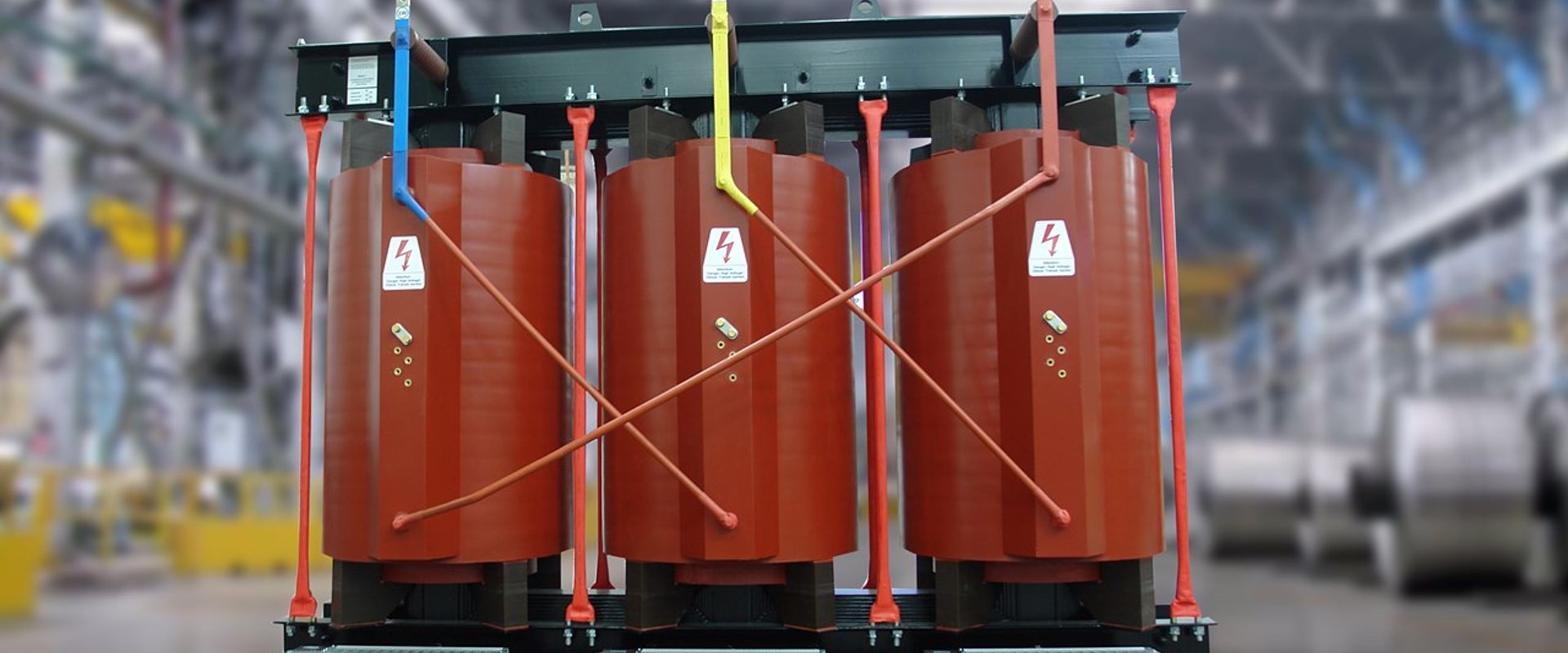
Ensuring the applicability of tests for high voltage networks
Challenge
Between 0.5 to 3% of all electricity injected into European power grids is lost during transmission. To reduce this network operators are transitioning from high voltage alternating current (HVAC) to high voltage direct current (HVDC) as it is more efficient in transporting electricity and also offers compact overhead lines, unlimited cable lengths and reduced operational costs.
Conventional standards detailing tests to ensure performance of connected grid instrumentation were designed for HVAC not HVDC however, potentially risking future HVDC grid stability. The IEC 60270 standard specifies tests for HV ‘Partial Discharge’ (PD) events that occur as electricity sparks or ‘arcs’ across imperfections in electrical conductors, such as voids or breaks in cables. This causes a series of repeating, transient, high frequency ‘pulses’ of current that can degrade power quality. IEC 60270 focused on PD measurements under HVAC ‘stress’. The rate and amplitude of PD pulses under HVDC are smaller however and harder to detect against background ‘noise’. Thus, noise suppression techniques need to be applied, but no standard procedure existed to determine the error caused by measuring instruments when this is done. Furthermore, reference calibrators, used for PD measurements, also require calibration.
Whilst modern commercial calibrators have a lowest charge level of 0.1 pC no European measurement institute provided traceable calibration services below 0.5 pC.
Solution
During the EMPIR project Techniques for ultra-high voltage and very fast transients National Measurement Institutes TUBITAK UME, VTT, FFII and RISE independently designed and built calibration systems for low-level PD calibrators based on methodologies detailed in IEC 60270. To overcome the signal to noise problem occurring with the lower HVDC PD pulses a ‘Charge Sensitive Preamplifier’ was used. The systems were then validated via an inter-comparison exercise between the institutes using a commercial reference calibrator.
As a result, new SI traceable measurement services were established in Europe for PD calibrators down to 0.1 pC, a level less than one-tenth of a trillionth smaller than that of the SI unit of electrical charge. The measurement range of TÜBİTAK UME for PD measurements has been expanded starting from 1 pC-500 pC to 0.2 pC-1000 pC and the measurement uncertainty has been improved more than threefold, which it now offers as a service.
Impact
Elkima Trafo, based in Turkey, has provided electrical engineering solutions since 1973 and exports instrumentation, such as medium voltage transformers, special transformers and Magnetic Controller Reactors, to more than 30 countries worldwide.
As an accredited laboratory Elkima performs its own calibrations and the accuracy of the company’s commercial PD calibrator was validated by TUBITAK UME using the project’s improved PD measurement techniques. This was used by Elkima to monitor the performance, design optimizations and the quality of the casting process of different brands of epoxy resins used in transformer production. The reliability of Elkima’s PD measurements, backed by a respected National Metrology Institute, has allowed the company to guarantee the long lifetime of its dry type transformers, with reduced breakdowns and maintenance costs. In addition, as many of Elkima’s customers cross-check the tests in their own countries, demonstration of the company’s measurement precision has helped build the confidence of its customers.
Project outputs have now fed into the revision of IEC 60270 and the power industry will be able to use the improved methods to identify PD in grid components under HVDC stress. This will ensure the performance and stability of instrumentation used in the more efficient power grids of the future.
- Category
- EMPIR,
- Standardisation,
- Energy,
